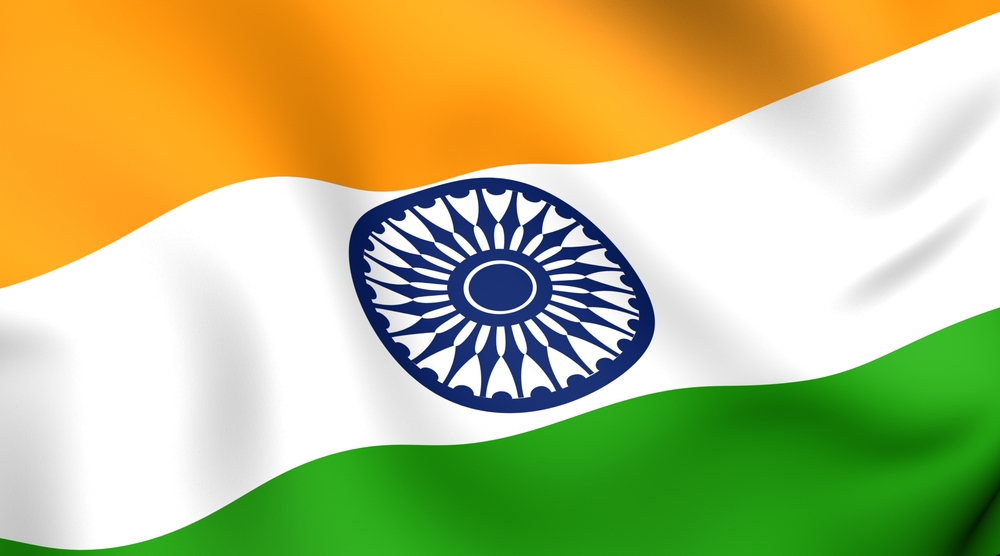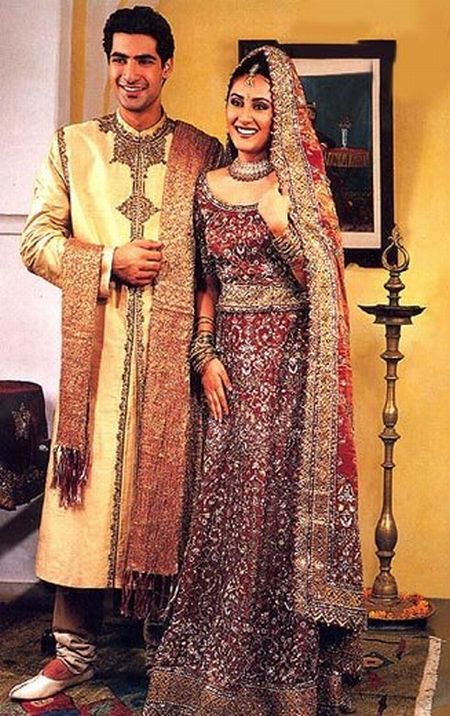MEXICO

Officially the United Mexican States is
a federal
republic in North
America. It is bordered on the north by the United States; on the south and west by the Pacific Ocean; on the southeast
by Guatemala, Belize, and the Caribbean Sea; and on the east by the Gulf of Mexico.
Indigenous
people
The number of
indigenous Mexicans is judged using the political criteria found in the 2nd
article of the Mexican constitution. The Mexican census does not report
racial-ethnicity but only the cultural-ethnicity of indigenous communities that
preserve their indigenous languages, traditions, beliefs, and cultures. The
absolute indigenous population is growing, but at a slower rate than the rest
of the population so that the percentage of indigenous peoples is nonetheless
falling.
language
The country has the
largest Spanish-speaking population in the world with almost a third of all
Spanish native speakers.
Mexico is home to a large number of
indigenous languages, spoken by some 5.4% of the population – 1.2% of the
population are monolingual speakers of an indigenous language. The indigenous languages with most
speakers are Nahuatl,
spoken by approximately 1.45 million people, Yukatek Maya spoken by some 750,000 people and the Mixtec and Zapotec
languages each spoken by more
than 400,000 people.
The National Institute of Indigenous
Languages INALI recognizes 68
linguistic groups and some 364 different specific varieties of indigenous
languages. Since the promulgation of the Law of Indigenous Linguistic Rights in
2003, these languages have had status as national languages, with equal
validity with Spanish in all the areas and contexts in which they are spoken.
religion
The 2010 census by
the Instituto Nacional de Estadística y
Geografía (National Institute of Statistics and Geography) gave Roman Catholicism as the main religion, with 83% of the population, while 10% (10,924,103)
belong to other Christian denominations, including Evangelicals (5%); Pentecostals (1.6%); other Protestant or Reformed (0.7%); Jehovah's
Witnesses (1.4%); Seventh-day Adventists (0.6%); and members of The Church of Jesus Christ of
Latter-day Saints (0.3%). 172,891 (or less than 0.2% of the total) belonged to other,
non-Christian religions; 4.7% declared having no
religion; 2.7% were unspecified
Food
Mexican cuisine is known
for its intense and varied flavors, colorful decoration, and variety of spices.
Most of today's Mexican food is based on pre-Columbian traditions, including
Aztec and Maya, combined with culinary trends introduced by Spanish
colonists.
The conquistadores eventually combined
their imported diet of rice, beef, pork, chicken, wine, garlic and onions with
the native pre-Columbian food, including maize,
tomato, vanilla, avocado, guava, papaya, pineapple, chili pepper, beans, squash, sweet potato, peanut,
and turkey.
Mexican food varies by region, because of local climate and geography and ethnic
differences among the indigenous inhabitants and because these different
populations were influenced by the Spaniards in varying degrees. The north of
Mexico is known for its beef, goat and ostrich production
and meat dishes, in particular the well-known Arrachera cut.




























